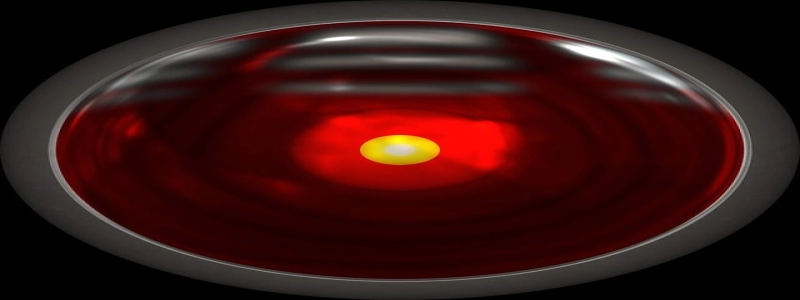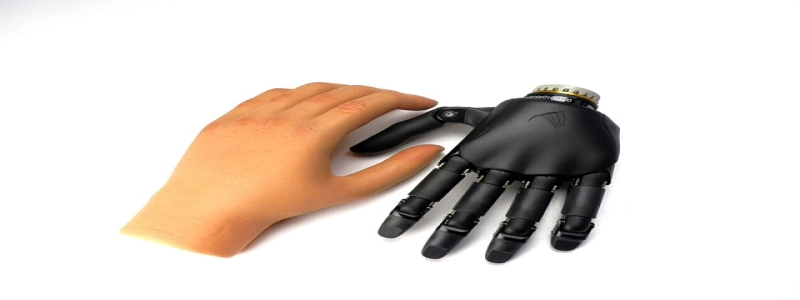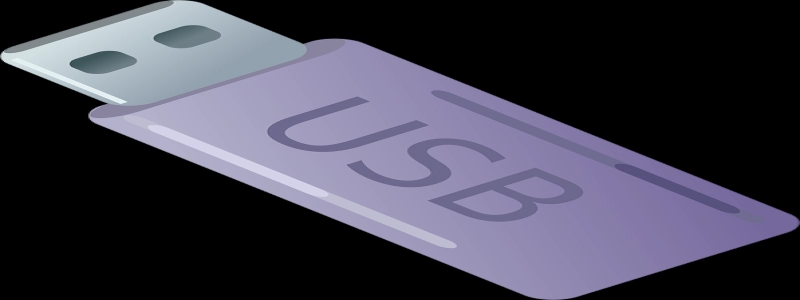Half Duplex Ethernet
Introduction:
In the world of networking, Ethernet is a widely used technology for connecting devices in a local area network (LAN). It provides reliable and efficient communication between devices, allowing them to transmit and receive data packets seamlessly. One important aspect of Ethernet is its duplex mode, which determines the direction of data transmission. In this article, we will explore half duplex Ethernet and delve into its working principles and applications.
What is Half Duplex Ethernet?
Half duplex Ethernet refers to a mode of Ethernet communication where data can be transmitted and received, but not simultaneously. In other words, devices in a half duplex Ethernet network can either transmit or receive data at any given time, but not perform both operations simultaneously.
Working Principles:
The working principles of half duplex Ethernet are based on a shared communication medium, such as a coaxial cable or twisted pair cable. In this setup, all devices connected to the same communication medium share its bandwidth. When a device wants to transmit data, it checks if the network is idle. If it is, the device transmits the data packet. However, if another device is already transmitting data, the device in question waits until the network is free.
Once the data packet is transmitted, all devices on the network receive it. However, only the intended recipient acknowledges the reception while other devices ignore it. This acknowledgment signals to the transmitter that the data packet has been successfully received. If a device detects a collision, where multiple devices try to transmit simultaneously, it waits for a random time before attempting to transmit again.
Applications of Half Duplex Ethernet:
Half duplex Ethernet is commonly used in older Ethernet standards, such as 10BASE-T and 100BASE-TX. These standards provide ample bandwidth for small-scale networks and are suitable for applications where simultaneous transmission and reception are not critical.
Half duplex Ethernet is often used in scenarios where a limited number of devices are connected to a LAN, such as small office networks or home networks. It is cost-effective, easy to implement, and ensures reliable communication for basic networking needs. However, in more demanding environments with heavy data traffic, full duplex Ethernet, which allows simultaneous bidirectional data transmission, is preferred.
Conclusion:
Half duplex Ethernet is an important mode of Ethernet communication that allows devices to transmit and receive data, albeit not simultaneously. It operates on a shared communication medium and uses acknowledgment signals to ensure successful data transmission. While it may not be suitable for high-demand networks, it remains a viable option for small-scale LANs and basic networking requirements.








